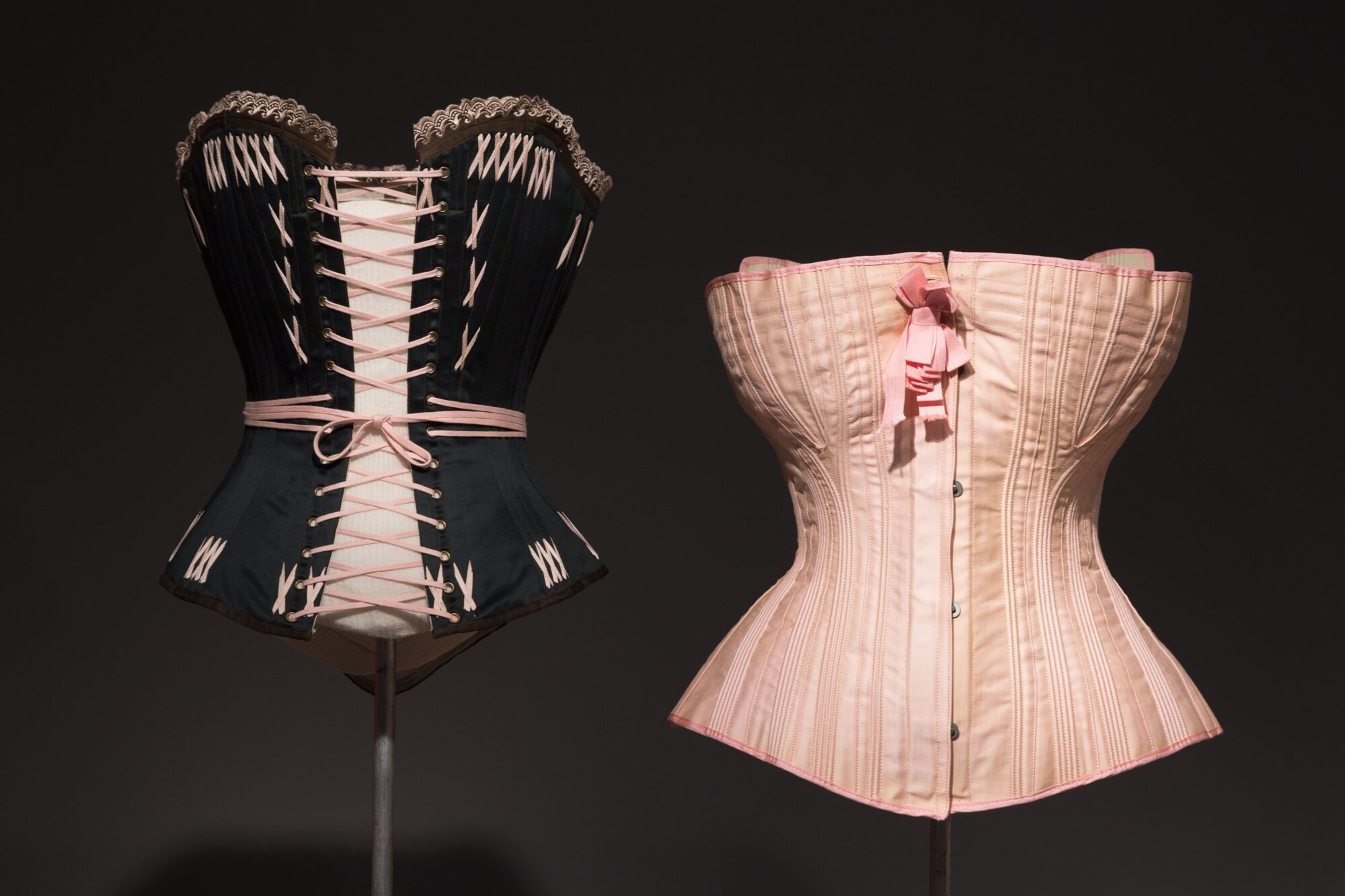Two—or rather, three—years ago, I embarked on what has been the wildest adventure of my life: getting a Master of Arts in Fashion Studies from Parsons School of Design. I still remember waking up one day and deciding to send my application, rushing to meet my Professors to get recommendation letters from them, trying to find inspiration to write my application letter, and even having to fly out of town to get the required standardised test done. And even if I tend to think doing things last minute doesn’t turn into positive situation, amidst the rush and the stress, I always knew I was going to get in. Somehow, I always knew I belonged to Parsons.
And I did. Not because the program fulfilled my expectations, and not because I consider myself now a “Fashion Scholar”—or however you’re supposed to call someone who graduates from Fashion Studies (which is not design!)—but because it showed me the way to what I now know I want to do in life, it made me realise, once more, that I belong to Academia, and that there’s nothing that will tear me apart from my books, the infinite hours of research, the endless moments of contemplation of the pieces of art that I use to write the history of fashion.
When I started at Parsons, of course, I was enamoured by the theories of postmodernity, by the body, by social constructions. But my economic historian inside wasn’t completely content. So after a semester focusing on contemporary cultural studies, looking at bloggers and trans-gender singers, writing about the current moment and postmodern theories of femininity, I went back to the past, to where my old soul belongs. After this, I knew, there was no turning back.
The first history class I took—besides the mandatory course in history of fashion from first semester—was titled Fashion and Identity: Eighteenth-Century France and England, where I studied constructions of femininity through art in the times of the French Revolution. I fell in love with Daniel Roche and judged Rousseau severely. And I realised that fashion, more than through clothes, is to be studied through art and literature; for it is art—and literature—what reveals the social codes underlying the clothes we wear and have worn at determined points in time. As Roche says, fashion is key to our understanding of societies because it “reveals their codes.”
Roche’s writing inspired me so much that it even became the main inspiration for my thesis, in which I study the constructions of femininity through dress in nineteenth-century Colombia (article coming soon). His use of fashion history to understand social and economic history is exemplary and it is, most definitely, something that is virtually absent from the writing of world history. On a more personal level, it has also inspired me, as an early-career scholar, to continue writing the social history of my own country by looking at fashion and textiles, by seeing how the people dress to make their best performance in the world theatre of the moment.
And I guess this is relevant because it also means a turning-point for this blog, which I started years ago to document my fashion discoveries. I don’t want to be a “fashion blogger,” although that is a label I probably can’t escape because I do write a blog and it is about fashion. Rather, I want to be—I am—a fashion historian. And it is my discoveries about the history of fashion what I want to write about.
